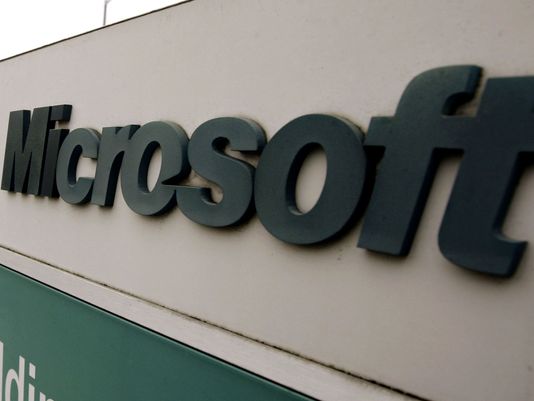ANALYSIS: Microsoft's restructuring signals urgency
Will reshuffling home-grown executives bring cohesiveness to Microsoft's corporate strategy?
Stay tuned. That's the big unanswered question following CEO Steve Ballmer's widely anticipated announcement today overhauling senior management at the world's largest software company.
"We are rallying behind a single strategy as one company — not a collection of divisional strategies," Ballmer wrote in a companywide memo. "Although we will deliver multiple devices and services to execute and monetize the strategy, the single core strategy will drive us to set shared goals for everything we do. We will see our product line holistically, not as a set of islands."
That message is not new — but the urgency has intensified. Ballmer has been trying to reposition Microsoft as a "devices and services" company, not just a software business.
That's because Microsoft continues to rake in huge profits from software licenses sold to businesses for its Windows PC and server operating system, and Office software suite. But it is losing ground in cool alternatives centered around Internet cloud services and mobile devices, where Amazon, Google and Apple dominate.
"Microsoft is sweating its lost market share," says Karl Volkman, CTO at consultancy SRV Network. "Microsoft does own the business computing environment. However, since personal computers are no longer the gadget of choice for the consumer market, Microsoft is floundering there."
Ballmer today in effect jettisoned the longstanding divisional hierarchy that took shape under his mentor, company co-founder Bill Gates. Certain business functions, including finance, marketing and business development, will move out of separate divisions and into their own company wide groups with overarching senior execs.
Terry Myerson, who now heads up Windows Phone, will be the executive vice president for operating system engineering, overseeing Windows, Windows Phone and the Xbox operating system.
Satya Nadella, chief of Microsoft's server and tools group, has been named executive vice president for cloud and enterprise engineering, adding oversight of the company's data center network, known as Global Foundation Services, to his responsibilities.
Julie Larson-Green, head of Windows engineering, will rise to executive vice president of devices and studio engineering, including the Microsoft Surface tablet, the Xbox hardware and mice and keyboards.
And Qi Lu, chief of Bing and online services, will become executive vice president of apps and services engineering, adding most of Microsoft Office plus Skype, the Lync communications service and the Yammer business social network.
Notably, Kurt DelBene, president of the Microsoft Office Division, will be retiring, and Rick Rashid, the longtime Microsoft Research chief, will "move into a new role driving core OS innovation in our operating systems group," according to Ballmer's memo.
And last week, Xbox chief, Don Mattrick, announced his departure to become CEO of game maker Zynga.
Bill Smead, CEO of Smead Capital Management, notes that the company's share price in the early 2000s was around, $53. In trading today it rose about 1% to the $35 range following Ballmer's announcement. Last year, Smead Capital divested a large block of Microsoft shares, which it had held for years.
"Vision has been missing and no amount of reshuffling can make up for a lack of vision," says Smead. "Without a vision and a cause, reshuffling just buys time."
Rob Helm, managing vice president of research at independent tech research firm Directions on Microsoft, says the key to overhaul is whether Ballmer also modifies executive compensation to match the emphasis on delivering cohesive products.
Despite good technical reviews for Windows Phone 8 and the Surface Pro tablet, Microsoft's key new products haven't caught fire like hardware and apps from Apple and Google. One reason is that it remains difficult for a consumer or company technician to actually network those devices together with other Microsoft's services.
"Basically, they're turning the company's top leaders loose of everything except their technical responsibilities so they presumably will be a lot more focused on getting ahead of the competition, and making the company's software services work better together," says Helm. "Microsoft really does want to deliver an Apple-like end-to-end experience, but they're still a long way from it."
Al Hilwa, a software industry analyst at IDC, says Ballmer is striving to reduce internal friction. On paper, at least, Microsoft will move ahead with a single operating system division, meaning engineers and product managers for Xbox, Windows Phone and the Surface Pro will collaborate more effectively.
"This is about facing threats from competitors who have fewer internal divisions and more focused efforts," Hilwa says. "We saw minor reorganizations in Apple and Google in recent months, but Microsoft has more divisions and moving parts and has not reorganized significantly for many years."










